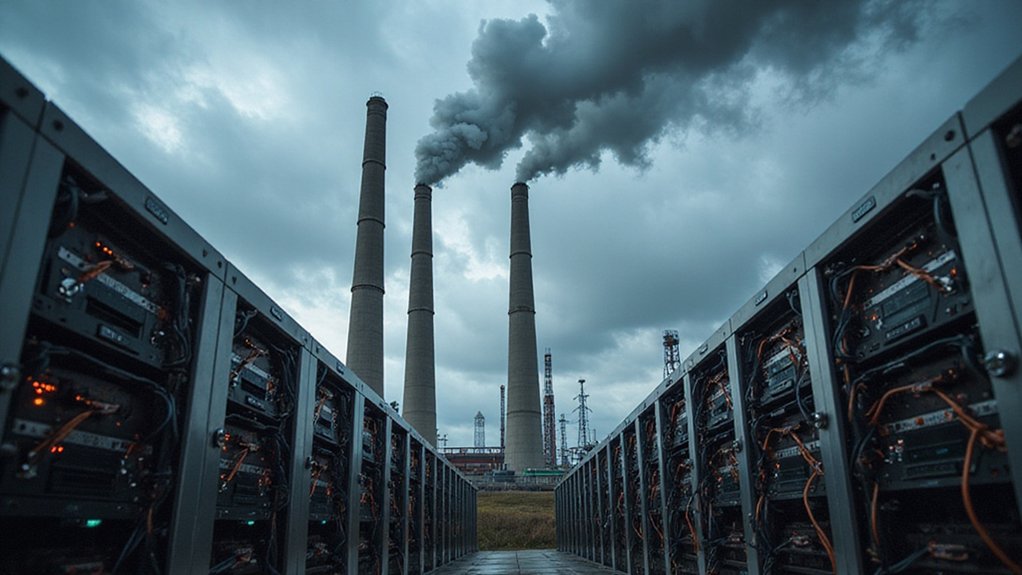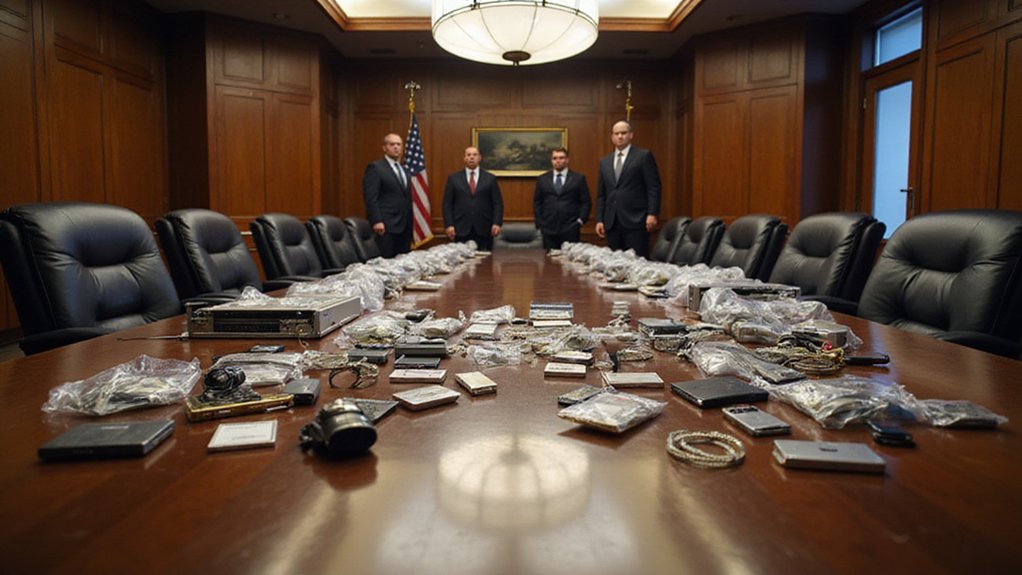Few regulatory initiatives capture the peculiar intersection of authoritarian control and digital frontier economics quite like Russia’s forthcoming National Registry for Crypto Mining—a centralized database that will, beginning July 7, 2025, require miners to register their equipment specifications, from rig serial numbers to device models, with a triumvirate of government agencies including the Ministry of Energy, Federal Tax Service, and Ministry of Digital Development.
This regulatory maneuver follows crypto mining’s legalization in summer 2024, transforming Russia’s previously gray-market operation into a formalized sector subject to taxation and oversight. The registry’s primary objective involves standardizing cryptocurrency mining equipment usage while curbing illegal operations that have systematically drained regional electricity grids—particularly in Siberia, where energy shortages have reached crisis levels due to unauthorized mining activities.
The compliance framework establishes a curious threshold: individual miners consuming under 6,000 kWh monthly escape registration requirements, while mining companies and entrepreneurs must submit detailed equipment data or face penalties. This distinction reflects Moscow’s pragmatic approach to enforcement, targeting large-scale operations while avoiding administrative burden from hobby miners.
Moscow’s 6,000 kWh threshold reveals calculated pragmatism—pursuing industrial-scale violators while sparing basement hobbyists from bureaucratic entanglement.
Deputy Minister of Energy Petr Konyushenko has championed this initiative, emphasizing the registry’s role in identifying unauthorized electricity usage through technology including internet traffic analysis. The collaborative effort between Energy and Industry Ministries, initiated in February 2025, addresses discoveries of massive illegal mining operations—including a 30,000 square meter farm in Krasnoyarsk Krai—that underscore enforcement necessity.
Regional authorities will receive registry data to monitor energy consumption patterns and enforce mining restrictions where necessary. This data-sharing mechanism enables power distribution companies to reduce losses from illicit activities while providing accurate consumption records for taxation purposes. The registry fundamentally transforms mining from a regulatory blind spot into a transparent, trackable economic activity.
Beyond tax revenue generation, the registry serves broader energy management objectives. By requiring equipment registration, authorities can implement targeted enforcement against large-scale energy consumers while maintaining grid stability. The system represents Russia’s attempt to harness cryptocurrency mining’s economic potential while asserting state control over an inherently decentralized industry—balancing digital innovation with traditional regulatory mechanisms in characteristically Russian fashion. The initiative also addresses the fundamental challenge of blockchain technology operating without traditional financial intermediaries, as Russia seeks to impose conventional regulatory oversight on an industry designed to circumvent centralized control. Despite the legalization framework, only a small percentage of operators have formally registered, highlighting the gap between regulatory intention and industry compliance.







